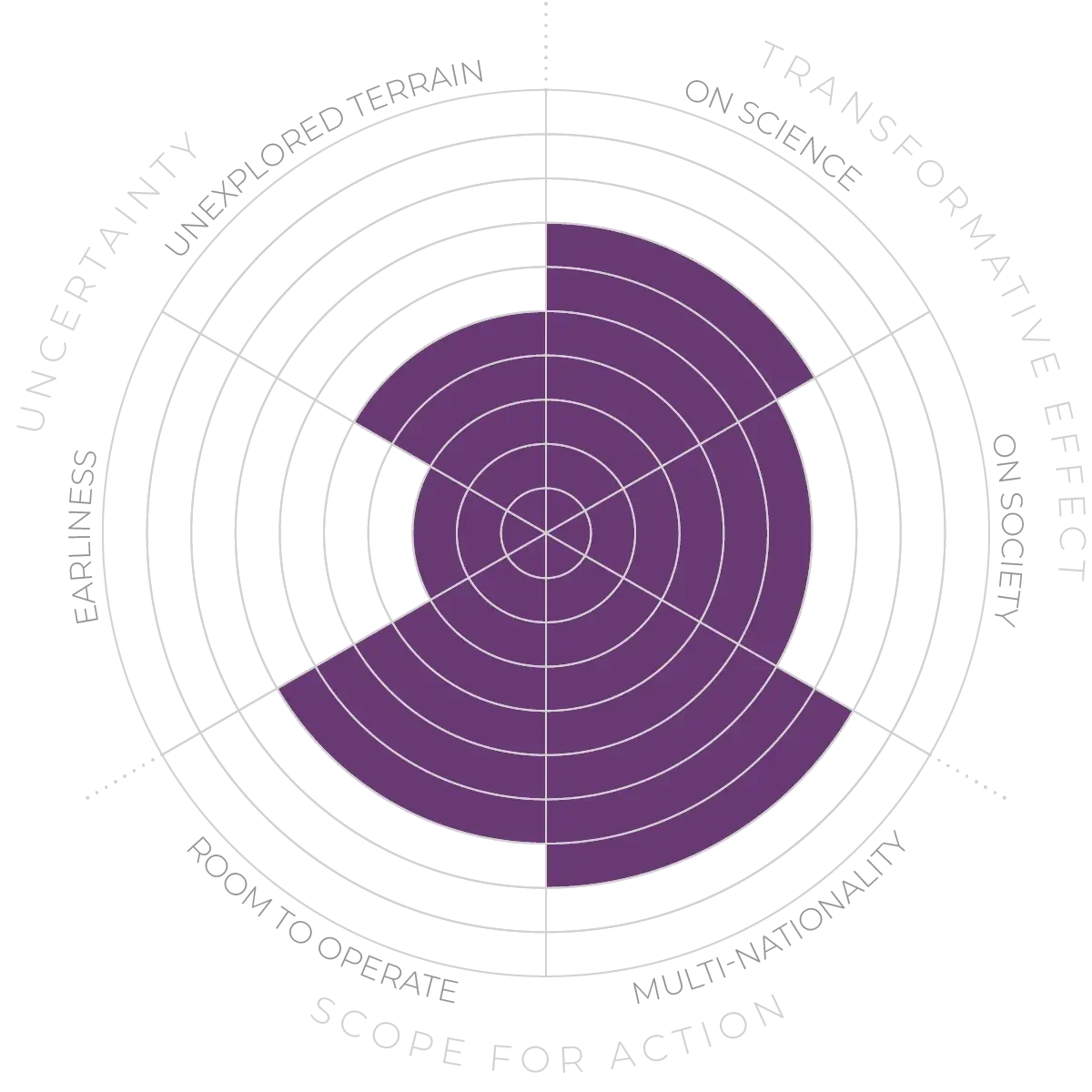Future Horizons:
10-yearhorizon
New application ideas flood the market
25-yearhorizon
NISQ machines become learning tools
One area of imminent application is in light-activated cancer drugs.22 Quantum computation allows researchers to design drugs with molecular energy states that allow them to be activated with particular wavelengths of light, which makes the process of generating cancer-killing reactive oxygen species less harmful to the patient than can be achieved using classical means.
Near-term quantum computers could also speed up readouts from quantum sensors and machine-learning-based tasks,23 and simulate realistic models of materials, thanks to recent understanding of measures that can reduce the resources required by several orders of magnitude.24 XPRIZE Quantum Applications, a competition designed to generate algorithms that can help solve current real-world challenges, may also stimulate progress.25 (GESDA is the presenting sponsor of this initiative.)
Near-term applications of quantum computing - Anticipation Scores
The Anticipation Potential of a research field is determined by the capacity for impactful action in the present, considering possible future transformative breakthroughs in a field over a 25-year outlook. A field with a high Anticipation Potential, therefore, combines the potential range of future transformative possibilities engendered by a research area with a wide field of opportunities for action in the present. We asked researchers in the field to anticipate:
- The uncertainty related to future science breakthroughs in the field
- The transformative effect anticipated breakthroughs may have on research and society
- The scope for action in the present in relation to anticipated breakthroughs.
This chart represents a summary of their responses to each of these elements, which when combined, provide the Anticipation Potential for the topic. See methodology for more information.



